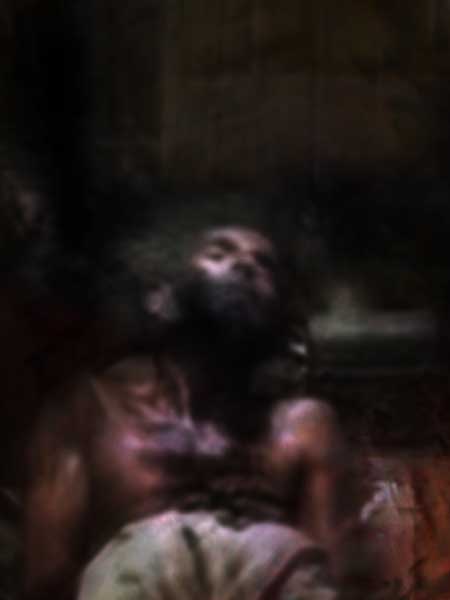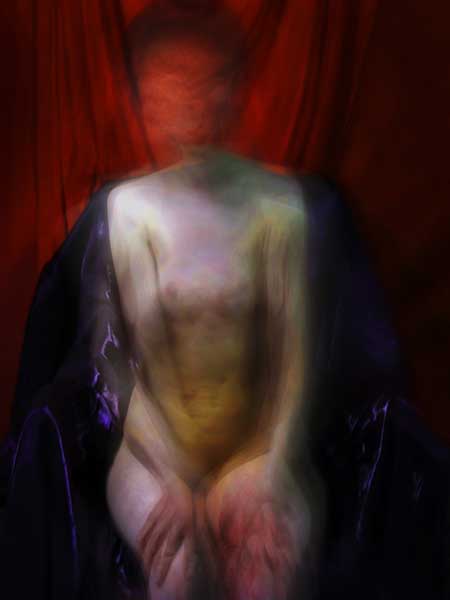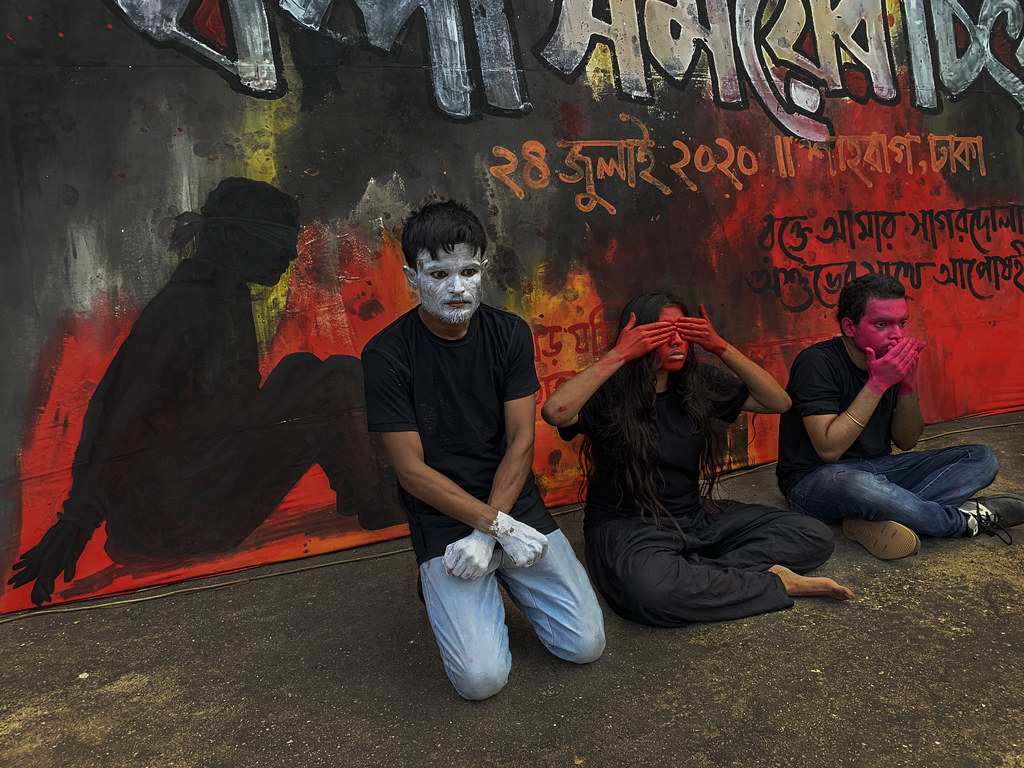Subscribe to ShahidulNews
![]()
Apni kisher chobi tolen? Just what is it that you?re taking a picture of? It?s a question a photographer is commonly asked. It happens particularly when a lens is pointed at nothing in particular. At least nothing that one considers significant, or photographically meaningful. That a photographer might find joy in capturing the fleeting, the ephemeral and the insignificant is difficult enough to explain. When one photographs ?something? that does not necessarily have a material presence, or is visible in some tangible form, then explaining it becomes more difficult still. I am not even getting into the ?why are you doing it? syndrome. What you are doing, is difficult enough to get across. This is a dilemma in a profession where one is seen as a communicator. Reaching out to an audience is part of what a photographer is generally meant to be doing. In a medium known as the most ubiquitous art form, which prides itself in being the most accessible to the person in the street, part of the exercise is in people being able to ?get it?.

Jean-Philippe PERNOT however, rejects the notion of the photographic truthsayer.? Neither does he attempt to search for the decisive moment. It is ambiguity that he thrives in, the most tangible part of his work being the metaphor. Even while depicting the female nude, he stays away from a classical representation of beauty, rejecting form for energy. Playing with space, bending time. His finished frame is always work in progress. Is his work beautiful? It is the wrong question to be asking. For in this work, one never arrives. These are still images depicting perpetual motion. Slices of time layered as an onion. A silent scream, tethered down anger. A violence that is sometimes quiet, and always disconcerting. For it is not the ?what? of the photograph but the ?why? that leaps out of every frame. A muffled scream that struggles to free itself from its binds. A coiled rage that seeks neither solace nor release, staying forever in a state of flux.

PERNOT walks at the precipe between the still image and cinematic motion, blurring the edges, blending one with the other. His photographs may be painted with light, but the hues in his canvas are from a palette of raw emotions. It is not the content of his frame that moves me, but what his images aspire to that fire my imagination.
Shahidul Alam
The exhibition is open at the Bengal Gallery of Fine Arts till the 2nd September. 12pm – 8 pm
House 275/F, Road 16 (new), Dhanmondi. (stone’s throw from Drik)

The two works of PERNOT here have a disturbing stillness about them. They are powerful images and become engraved in the mind’s eye – not that one wants them to stay in one’s mind because they are too dark. You are right Shahidul, the question that comes to mind is “why”
artful and powerful, both in technique and in meaning-making
Great lens with real reviews.Adding what people who own the camera is always better than just some guy on a tech site telling you how great the camera is great.